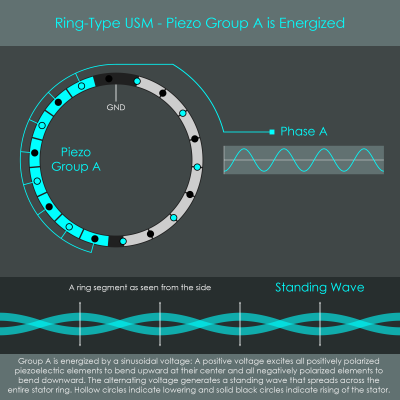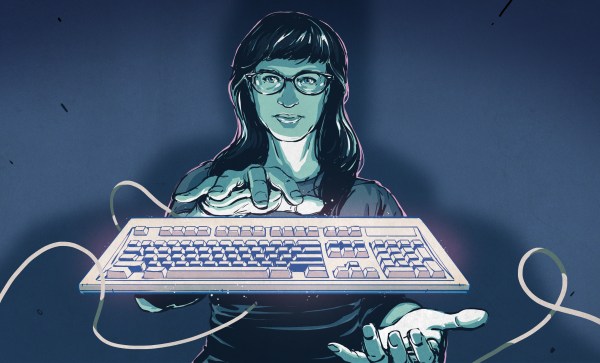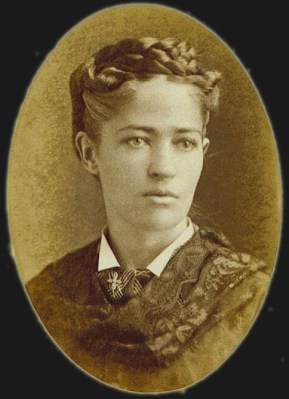[Simon Willison] has put together a list of how, exactly, one goes about using a large language models (LLM) to help write code. If you have wondered just what the workflow and techniques look like, give it a read. It’s full of examples, strategies, and useful tips for effectively using AI assistants like ChatGPT, Claude, and others to do useful programming work.
It’s a very practical document, with [Simon] emphasizing realistic expectations and the importance of managing context (both in terms of giving the LLM direction, as well as the model’s context in terms of being mindful of how much the LLM can fit in its ‘head’ at once.) It is useful to picture an LLM as a capable and obedient but over-confident programming intern or assistant, albeit one that never gets bored or annoyed. Useful work can be done, but testing is crucial and human oversight simply cannot be automated away.
Even if one has no interest in using LLMs to help in writing production code, there’s still a lot of useful work they can do to speed up the process of software development in general, especially when learning. They can help research options, interactively explore unfamiliar codebases, or prototype ideas quickly. [Simon] provides useful strategies for all these, and more.
If you have wondered how exactly glorified chatbots can meaningfully help with software development, [Simon]’s writeup hopefully gives you some new ideas. And if this is is all leaving you curious about how exactly LLMs work, in the time it takes to enjoy a warm coffee you can learn how they do what they do, no math required.






![A pair of hands holds the 2024 EMF Tildagon badge with a QWERTY keyboard Hexpansion built by [EastMakes].](https://hackaday.com/wp-content/uploads/2025/03/How-to-Build-a-QWERTY-Hexpansion-for-Your-Tildagon-EMF-Badge-YouTube-0-7-54.jpeg?w=400)













